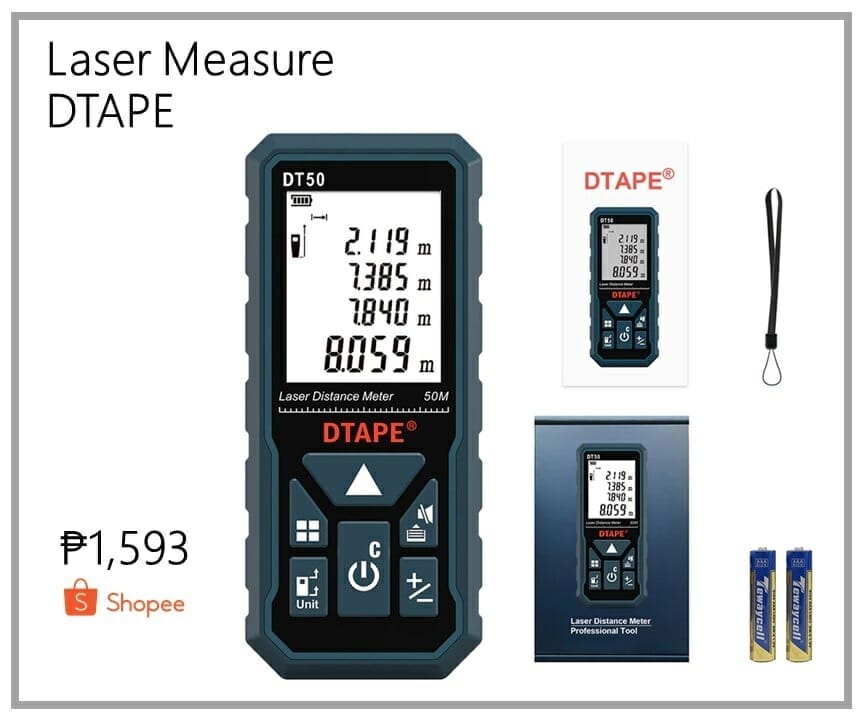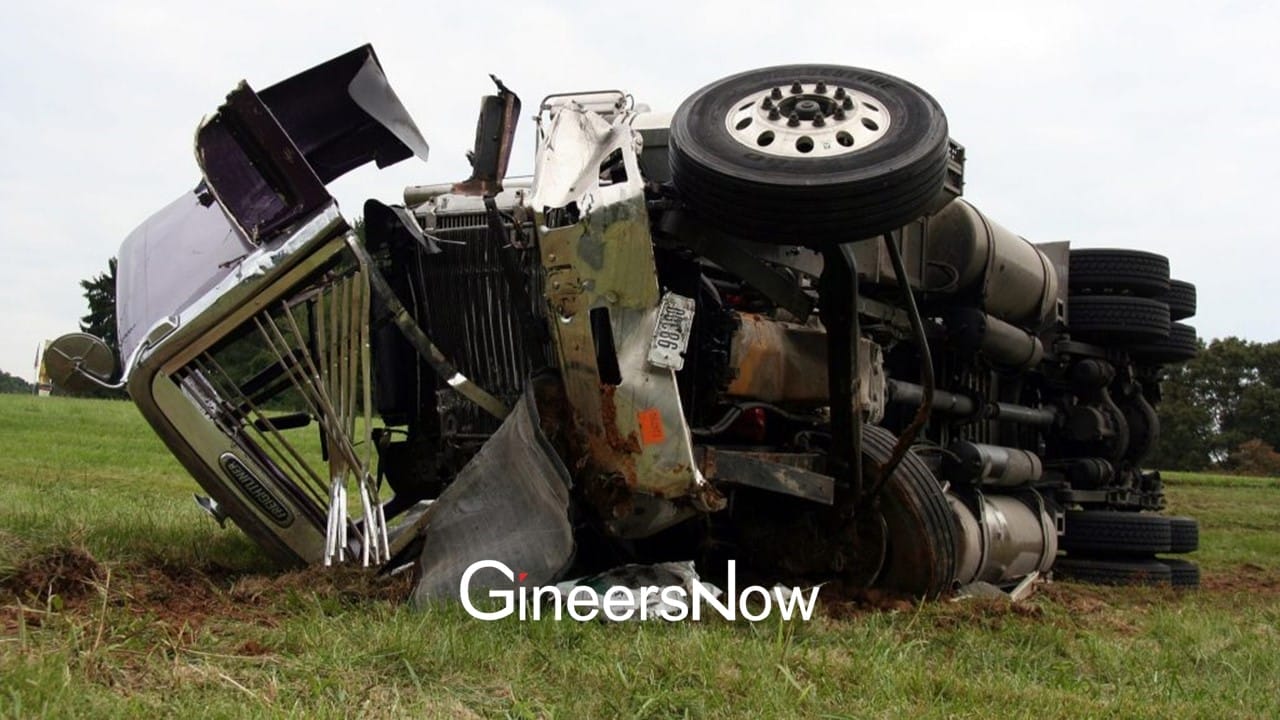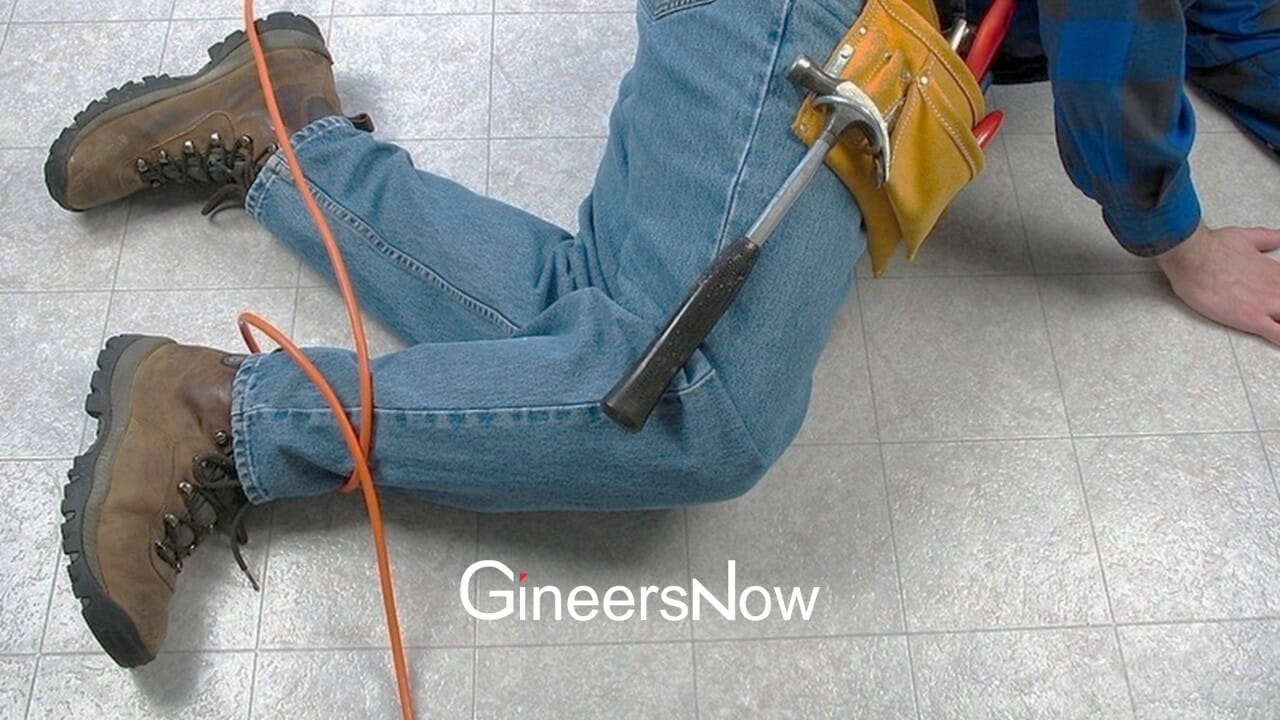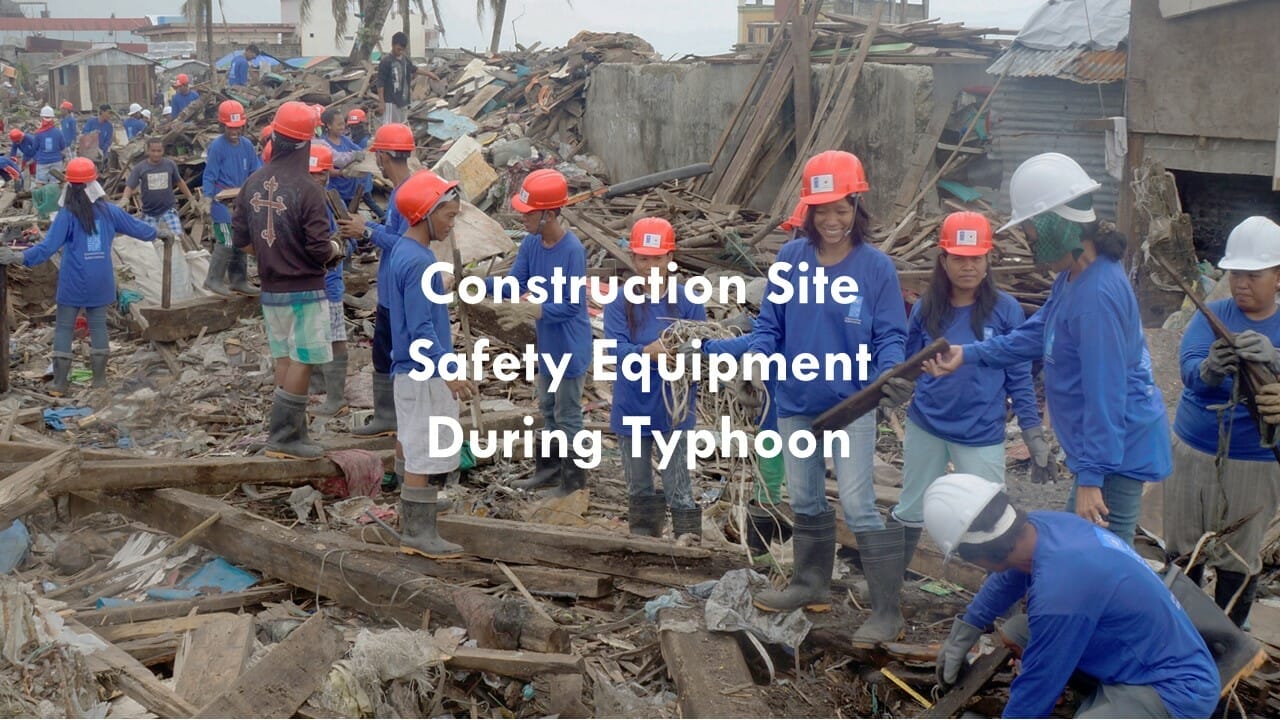Height safety regulations must be adhered by industrial professionals.
Roof anchor points offer crucial protection to people working at heights. Personal protection equipment (PPE) such as harnesses or lanyard fall protection systems rely on correctly installed anchor points – and so do the people that use them.
Today we’re speaking with Ben from Off Your wall based in Melbourne who perform anchor point testing and installation services. Here’s what he had to say regarding height safety regulations.
Falls can lead to serious injury, which could potentially expose you to costly legal action. The only way to ensure the safety of your workers, and to safeguard your reputation and business, is to follow the required legislation and guidelines and use approved anchor points.
When it comes to height safety and fall prevention, compliance with regulations and safety standards is key. Accidents don’t need to happen, which is why it’s crucial you consult with height safety experts for your roof anchor points. When you are working at heights, or in constricted spaces, you are required to follow the industry protocols and meet the certification required. A compliance assessment service can offer you an inspection to see if your roof anchor points comply with legislation, as well help you achieve annual certification.
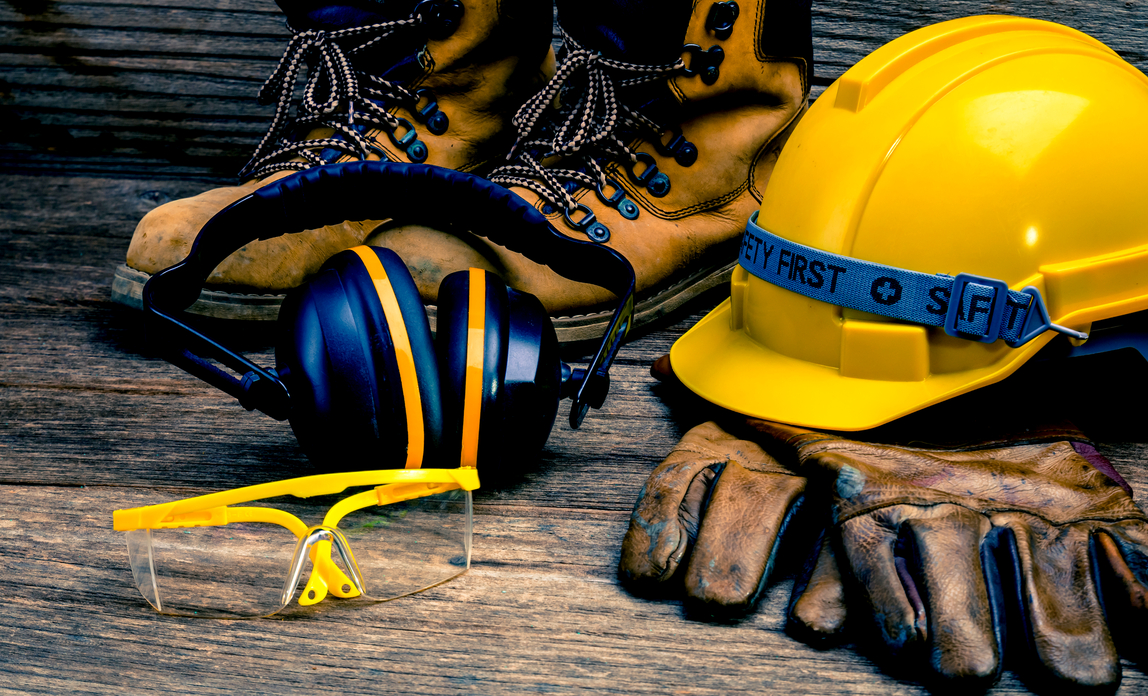
For roof anchor point certification the roof anchor points will need to be checked to make sure they meet all industry legislation and guidelines, are in safe working order and don’t pose any hazards or risks.
Workplace health and safety is an important consideration in any field, but when you are working at heights it can become a matter of life and death. This is why in New South Wales the requirements you need to meet anchor point safety certification includes workplace health and safety (WHS) legislation. It’s about ensuring you protect your team, the structure you are building and broader members of the public whose safety also needs to be considered as a priority.
The Australian Standards places the responsibility for the health and safety of any person may be affected by the construction work with a broad range of people who may be deemed to be in control of a construction project. This could include people such as principal, head or main contractors, builders, employers or persons with management control.
Educating your entire team about height safety regulations is therefore important. It also states: ‘The person with control of the project must ensure that fall prevention is set up to cover all workers on site, whether the fall prevention is provided directly by the person with control of the project, or by individual subcontractors.’
Falls and serious injuries are a risk the industry faces every day. It’s the nature of working at heights! But accidents can put a business at huge legal risk if they do not comply with WHS. The‘Managing the Risk of Falls at Workplaces ‘code of practice that relate to roof anchor points is therefore another important document to familiarise yourself with and implement in your workplace.
Another factor that is important to ensure the safety of roof anchor points is product quality. It’s crucial you only work with high quality roof anchor points and that they are systematically and regularly checked to ensure they are sound.
The Australian Standards guidelines also cover a minimum uniform standard when it comes to working with roof anchor points. By adhering to these Standards the industry is further able to minimise injury and even the loss of life. Some of these include:
- Industrial fall arrest systems and devices
- Harnesses and ancillary equipment
- Horizontal lifeline and rail systems
- Fall-arrest devices
- Selection, use and maintenance
- Industrial rope access systems
- Selection, use and maintenance
- Manufacturing requirements for single-point anchor devices used for harness-based work at height.
With many obligations to follow and height safety legislation to adhere to, working with experts in the roof anchor point and heights safety industry can assist you to navigate your requirements and achieve certification.



